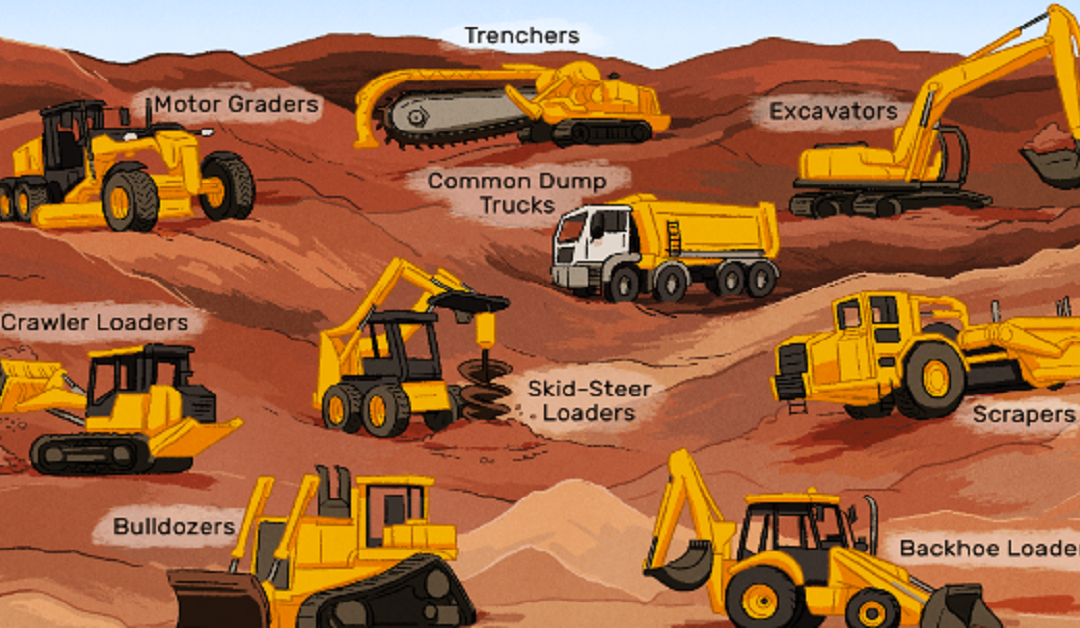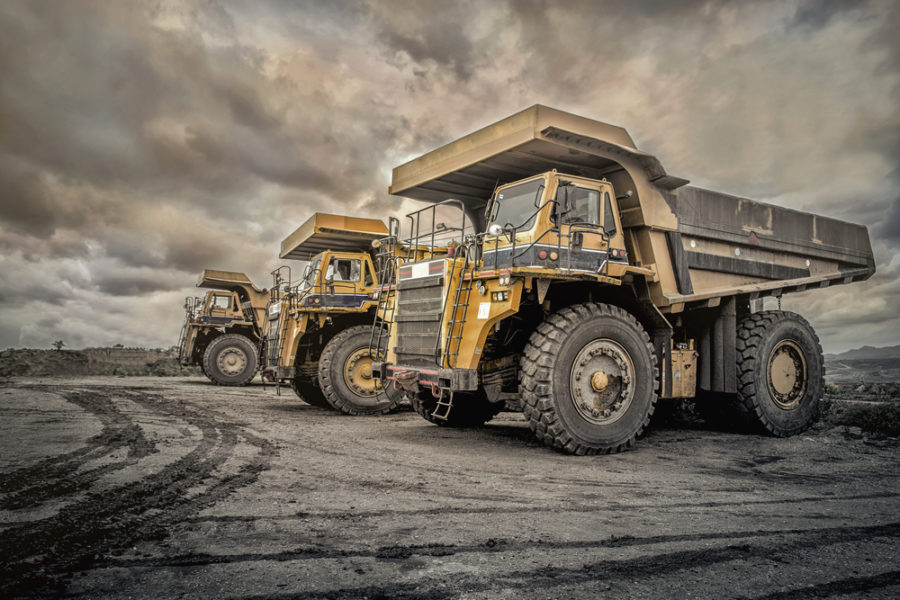Reliable Construction Equipment Rentals for Your Projects
Reliable Construction Equipment Rentals for Your Projects
Blog Article
Renting Vs. Acquiring Building Devices: Making the Right Option for Your Task
When embarking on a building project, among the important decisions that forecast supervisors and stakeholders face is whether to rent or purchase construction tools. Both options have their advantages and drawbacks, making the choice a crucial one in the task planning procedure. The decision pivots on various elements such as expense considerations, task duration, devices upkeep, danger, scalability, and versatility management. Each aspect plays an important function in identifying the most suitable course for the project's tools requirements. boom lift rental. Allow's explore these elements better to understand exactly how they affect the decision-making process and inevitably the success of the job.
Expense Considerations
Renting out equipment commonly calls for lower preliminary settlements contrasted to acquiring, making it an attractive alternative for short-term projects or service providers with budget constraints. In the lengthy run, continuously renting devices can collect greater prices than buying, particularly for extensive projects.
On the various other hand, getting construction equipment includes greater upfront prices but can result in long-term cost savings, specifically for regular customers or lasting tasks. Inevitably, the choice in between leasing and buying building and construction equipment hinges on the task's duration, regularity of use, budget plan factors to consider, and lasting financial objectives.
Task Period

Alternatively, for lasting jobs or ongoing construction work, buying tools can be the a lot more economical alternative. Purchasing equipment can result in set you back financial savings over time, specifically if the tools will certainly be frequently made use of. In addition, possessing equipment provides a sense of control over its schedule and enables customization to fit details task needs.

Tools Upkeep
Provided the essential role job period plays in determining one of the most cost-effective method between purchasing and renting out construction tools, the emphasis now moves towards checking out the essential aspect of tools maintenance. Correct upkeep is critical for ensuring the ideal performance and durability of construction tools. Leasing equipment often comes with the benefit of having well-kept machinery given by the rental company. This can minimize the problem of upkeep tasks from the project proprietor or specialist, saving time and initiative. On the other hand, owning devices needs a positive method to upkeep to avoid malfunctions, make certain safety and security, and extend the devices's life-span. Regular examinations, maintenance, and prompt repair work are required to maintain owned tools in top working condition. Consider upkeep expenses when making a decision Bonuses in between buying and renting out, as ignoring upkeep can lead to costly repairs, downtime, and task delays. Ultimately, a well-maintained construction tools fleet, whether rented or possessed, is essential for the successful and reliable completion of construction jobs.
Versatility and Scalability
In the world of building and construction devices management, the element of flexibility and scalability holds significant importance for task performance and resource application. Deciding to rent out building tools offers a high degree of adaptability as it enables for the quick adjustment of devices kinds and amounts based on the advancing needs of a job. Renting out makes it possible for professionals to access a variety of specialized equipment that may be required for particular jobs without the long-lasting dedication of ownership. This flexibility is especially helpful for tasks with differing needs or unclear periods (aerial lift rental).
In addition, scalability, an additional important factor, is inherently connected to versatility. Renting construction tools uses the benefit of quickly scaling operations up or down as project demands rise and fall. Contractors can promptly add or trade equipment to match the project's changing needs without the constraints equipment hauling near me of owning properties that might come to be underutilized or outdated. This capacity to range sources successfully can cause expense savings and improved task timelines, making leasing a favorable choice for jobs calling for versatility and receptive source appropriation.
Risk Monitoring
Efficient risk monitoring in building devices operations is vital to guaranteeing task success and mitigating potential financial losses. Building tasks inherently include different risks, such as devices failures, accidents, and task delays, which can significantly influence the project timeline and budget. By very carefully considering the risks connected with owning or renting out building tools, job supervisors can make enlightened decisions to decrease these potential threats.
Renting building equipment can use a level of threat mitigation by transferring the responsibility of maintenance and repairs to the rental firm. This can lower the financial worry on the project owner in situation of unanticipated tools failures (rental company near me). Additionally, leasing provides the flexibility to accessibility customized tools for details task stages, lowering the danger of owning underutilized equipment
On the various other hand, owning building tools supplies a feeling of control over its use and upkeep. Nevertheless, this likewise indicates bearing the complete responsibility for repairs, maintenance costs, and depreciation, raising the financial dangers connected with tools possession. Mindful risk assessment and factor to consider of variables such as project period, devices usage, and upkeep requirements are crucial in figuring out one of the most suitable alternative for effective danger management in construction projects.
Verdict
In final thought, when choosing in between leasing and purchasing building tools, it is vital to think about price, project duration, devices upkeep, versatility, scalability, and risk monitoring. Each factor plays a crucial role in identifying the most suitable alternative for the job available. By very carefully evaluating these facets, project supervisors can make an educated choice that aligns with their budget, timeline, and general project goals.

Report this page